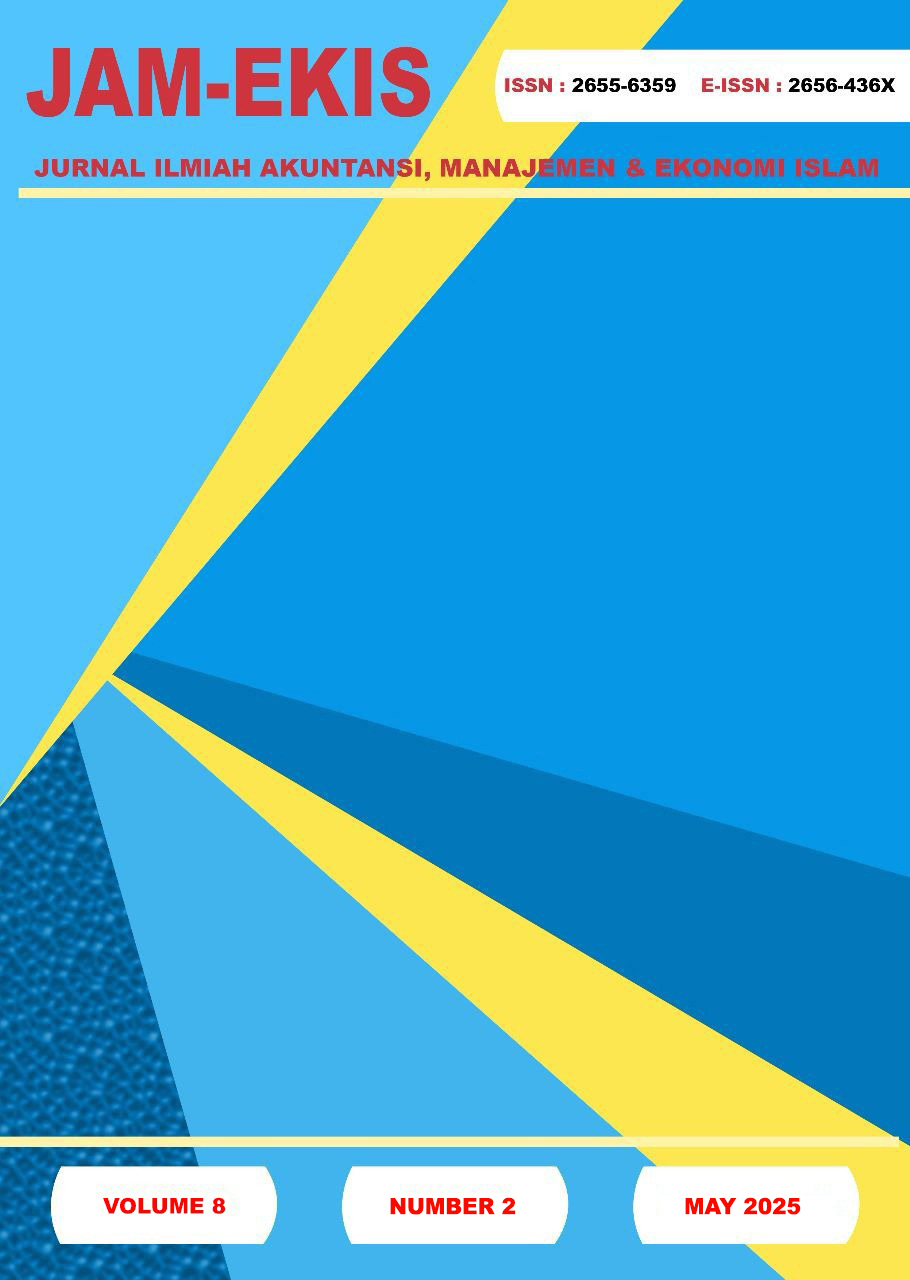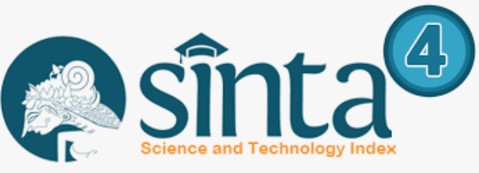EVALUATION OF THE PRE-EMPLOYMENT CARD PROGRAM: DOES THE PROGRAM INCREASE WORKERS WAGES? (DIFFERENCE IN DIFFERENCE METHOD)
DOI:
https://doi.org/10.36085/jamekis.v8i2.7893Abstract
This study evaluates the impact of the Pre-Employment Card Program on workers' wage levels using SAKERNAS data. This study uses the Difference in Difference method to evaluate the pre-employment card program on wages. The results of the analysis show that the program has not succeeded in increasing workers' wages in accordance with its initial objectives. The results also show that workers who did not receive the pre-employment card have higher wage levels compared to those who received the program. These findings underscore the need for an in-depth evaluation of the design, implementation, and training curriculum of the Pre-Employment Card program. This evaluation should consider feedback from participants as well as a labour market needs analysis to ensure the program's relevance and effectiveness in increasing workers' wages in the future. This research also highlights the importance of adjusting the program based on dynamic labor market conditions as well as the specific needs of workers. The results of this study are expected to provide insights for policy makers and program implementers to improve the quality and impact of the Pre-Employment Card Program, so that it can contribute more effectively to improving the economic welfare of workers in Indonesia
References
Abadie, A. (2005). Semiparametric difference-in-differences estimators. Review of Economic Studies, 72(1), 1–19. https://doi.org/10.1111/0034-6527.00321
Albouy, D. (2015). Program evaluation and the difference in difference estimator. Economics, 13.
Andries, J. (2023). Evaluating the Effectiveness of Workforce Training Programs. Journal of Labor Economics.
Athey, S., & Imbens, G. W. (2006). Identification and inference in nonlinear difference-in-differences models. Econometrica, 74(2), 431–497. https://doi.org/10.1111/j.1468-0262.2006.00668.x
Blanchflower, D. G., & Oswald, A. J. (2020). Well-being over time in Britain and the USA. Journal of Public Economics, 190.
Ginting, M. L. B. (2020). Efektivitas Program Kartu Prakerja dalam Meningkatkan Kesejahteraan Pekerja di Masa Pandemi Covid-19. Institut Agama Islam Negeri (IAIN) Ponorogo.
Heckman, J. J., Ichimura, H., & Todd, P. E. (1997). Matching as an econometric evaluation estimator: evidence from evaluating a job training Programme. Review of Economic Studies, 64(4), 605–654. https://doi.org/10.2307/2971733
I. L. O. (2021). Training and Skills Development. https://www.ilo.org
Khan, A. (2022). The Role of Wages in Determining Workers’ Economic Welfare. Journal of Labor Economics.
Pratama, F., & Nugroho, H. (2023). Assessing the Impact of Kartu Prakerja Program on Workers’ Wages: A Review of Literature. Journal of Labor Market Research, 30(3), 321–335.
Santoso, C., & Setiawan, D. (2023). Factors Influencing the Success of Kartu Prakerja Program in Increasing Workers’ Wages: A Cross-Sectional Study. Indonesian Journal of Labor Economics, 12(1), 45–58.
Setiawan, T., & Sari, M. (2023). The Role of Training Quality in Enhancing Worker Productivity. Economic Development Journal.
Smith, J. A., & Todd, P. E. (2005). Does Matching Overcome LaLonde’s Critique of Nonexperimental Estimators? Journal of Econometrics.
Suharto, I. (2023). Collaborative Approaches to Workforce Development: Lessons from Indonesia. Public Policy and Administration Research.
Wibowo, A., & Timur, B. (2023). Evaluating the Effectiveness of the Kartu Prakerja Program: Does It Increase Workers’ Wages? Journal of Economic Development, 45(2), 217–230







